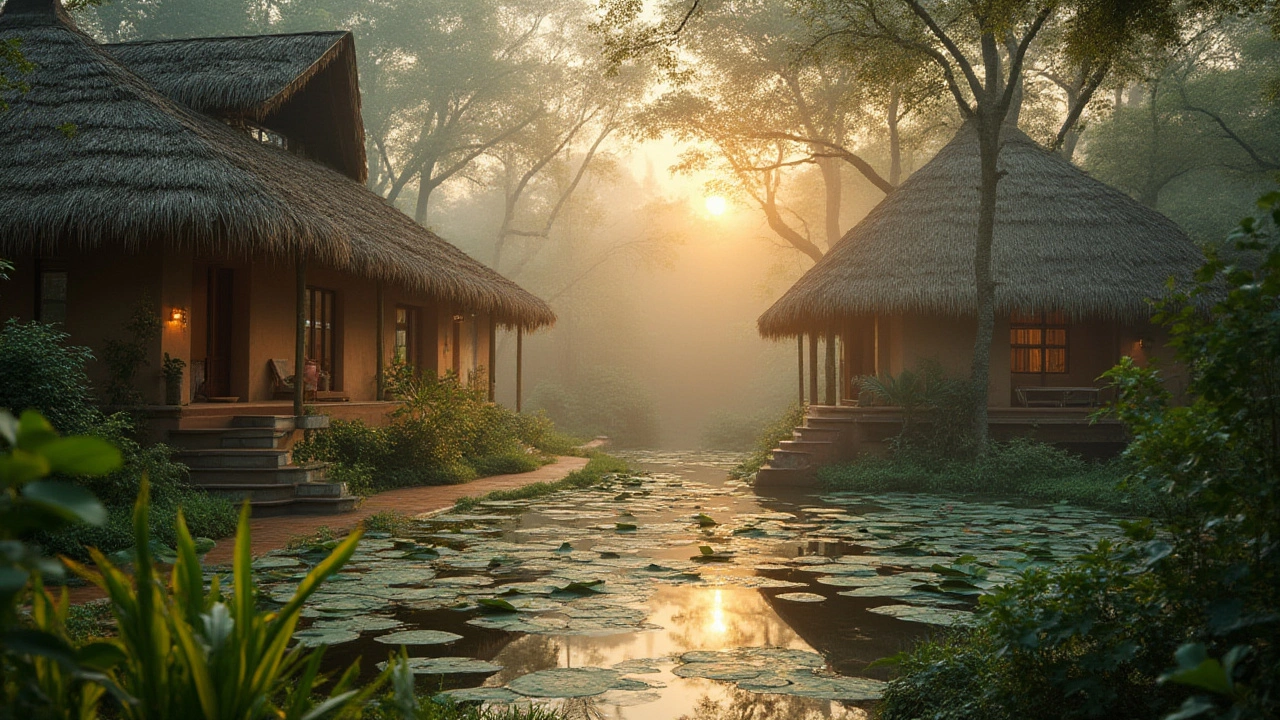Green Resort: Eco-Friendly Stays in India's Wild Places
A green resort, a type of accommodation designed to minimize environmental impact while offering immersive nature experiences. Also known as eco-resort or sustainable lodge, it’s not just about recycling bins and solar lights—it’s about living lightly in places that can’t afford heavy tourism. In India, where forests are shrinking and rivers are drying, a real green resort doesn’t just avoid harm—it gives back. Think bamboo huts built by local artisans, rainwater harvesting that feeds the trees, and meals made from food grown on-site. This isn’t marketing fluff. It’s how places like jungle camps in Madhya Pradesh or Uttarakhand survive—and thrive—without turning wilderness into a theme park.
What makes a green resort different from a regular resort? It’s the local community, the people who live near the land and are directly involved in running the stay. A true green resort hires guides from nearby villages, pays fair wages, and lets guests learn from them—not just about birds or trails, but about how to respect the land. It’s also about the wildlife, the animals and plants that share the space and are protected by the resort’s operations. No loud generators at dawn. No plastic bottles. No feeding monkeys. These aren’t rules for tourists—they’re survival tactics for the ecosystem. You’ll find this mindset in the posts below, where real stays in India prove that adventure doesn’t have to cost the earth.
What you’ll find here aren’t glossy brochures or overpriced glamping tents. These are honest reviews, practical guides, and real stories from people who’ve stayed in places that actually walk the talk. From how to tell if a resort is truly green—or just using the word to charge more—to which Indian destinations offer the most meaningful eco-experiences, this collection cuts through the noise. You’ll learn what to ask before booking, what to look for on the ground, and why the best green resorts don’t need a sign that says "eco-friendly"—because you can feel it in the quiet.
